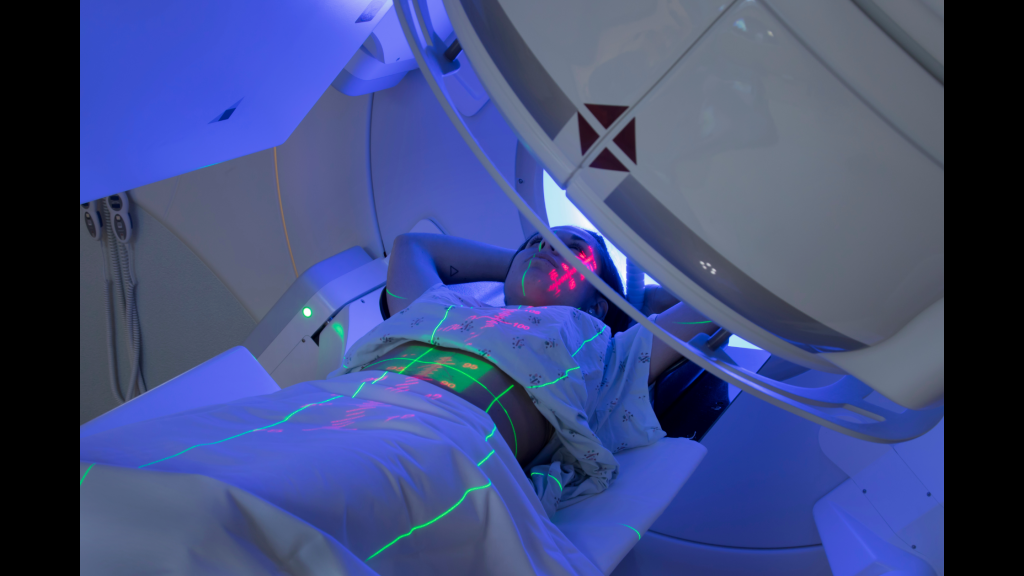What is precision medicine?
Precision medicine commonly integrates advanced diagnostic tools, such as molecular and genetic testing, with advanced imaging techniques to provide precise disease diagnoses and delineate their unique characteristics. The mantra of precision medicine is “right patient, right treatment, right time.” Researchers and clinicians seek to create individualized treatment strategies for patients, including the selection of the most suitable medications, mitigating adverse effects, and enhancing patient outcomes. Its impact has been particularly noteworthy in the field of oncology, where targeted therapies have demonstrated significant success.
Initial Breakthrough
Iressa, also known as gefitinib, developed and produced by Astra- Zeneca, is designed to treat nonsmall cell lung cancer (NSCLC). The drug initially received FDA approval in 2003, but its presence on the US market was temporarily suspended in 2012 due to inconclusive results in a clinical trial, which suggested it might not outperform the standard of care at the time. When a drug that represents hundreds of millions of dollars of research and development investment from a biopharmaceutical company and an unquantifiable amount of hope for oncologists, their patients, and their families is removed from the market, it causes major disappointment and setbacks. For many drugs, such an event is the end of the line. However, for Iressa, the outcome was different.
Chasing Efficacy
RECIST 1.1 constitutes a fundamental tool in the field of oncology, particularly in the evaluation of novel cancer treatments during clinical trials. These guidelines, produced by the National Cancer Institute, offer a standardized approach to assessing the efficacy of treatments. RECIST 1.1 relies heavily on medical imaging techniques such as CT and MRI to provide objective and reproducible tumor size and response measurements.
AI Potential
AI-driven algorithms can greatly enhance the accuracy and efficiency of tumor detection and characterization. They excel in identifying subtle nuances within medical images, enabling early cancer diagnosis and precise staging, which is crucial for tailoring treatments effectively. Additionally, machine learning can analyze vast datasets at remarkable speeds, facilitating the rapid processing of medical images and expediting diagnosis, ultimately improving patient outcomes.
Looking Ahead
In the dynamic landscape of precision oncology, the convergence of cutting-edge technology and unwavering commitment to improving patient care is forging a path toward brighter horizons. A steadfast commitment to patient privacy and the transparent integration of AI into clinical workflows are essential to ensure these groundbreaking technologies serve as a force for good. Moreover, the collaborative spirit among clinicians, data scientists, and engineers is the linchpin of success, as interdisciplinary efforts enable us to harness the full potential of these transformative tools.
Every patient’s journey is unique, and the world of precision oncology strives to reflect this. By leveraging advanced medical imaging and AI-powered innovation, we can help enhance the lives of people affected by cancer. The medical community continues to deepen its understanding of this complex disease, and this knowledge means we could be standing on the cusp of a new era in oncology—one defined by personalized care, treatment breakthroughs, and, above all, a dedication to improving the quality of life for every patient.
Click below to read the entire article.
Josh Miller’s article on precision medicine and oncology is published in Radiology Today.



